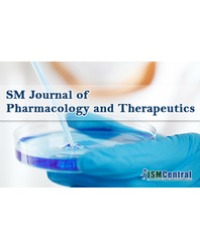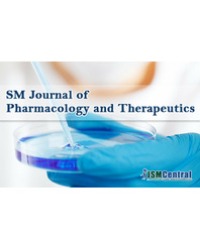
Aqueous Extract of Asparagus (Instant Asparagus Powder
The present study was designed to investigate the anti-stress activity of Aqueous Extract of Asparagus (AEA) in a laboratory setting by the Trier Social Stress Test. Twenty four subjects were randomly divided into three groups: aqueous extract of asparagus, placebo and control treatment. The experimental sessions were performed by single-blinded, and the order of them was counterbalanced. The experiment protocol began with a 30 min rest period (baseline), followed by the Trier Social Stress Test task for 20 min and two rest periods. The saliva samples and psychological measure (state anxiety scores) were obtained at the end of each period. Heart Rates (HR), Systolic and Diastolic Blood Pressure (SBP, DBP) were measured using an Omron electronic blood pressure monitor. The results showed that aqueous extract of asparagus intake resulted in a significant reduction of state anxiety score, HR and SBP responses to an acute stress task relative to the placebo control condition. Moreover, analyses of saliva cortisol level indicated that the reductions in saliva cortisol level was likely attributable to an attenuation of sympathetic nervous activation. Thus, it was suggested that the oral intake of aqueous extract of asparagus could cause anti-stress effects via the inhibition of cortical neuron excitation. These results might suggest AEA consumption as an innovative and effective approach to reduce psychological and physiological stress responses.
Long Cheng¹#, Guo-feng Pan²#, Wei Wang³#, Ri-xin Liang⁴, Xiao-bo Sun¹, Yun-xiang Huang⁵, You-shun Peng⁶, and Shufeng Ma⁷


